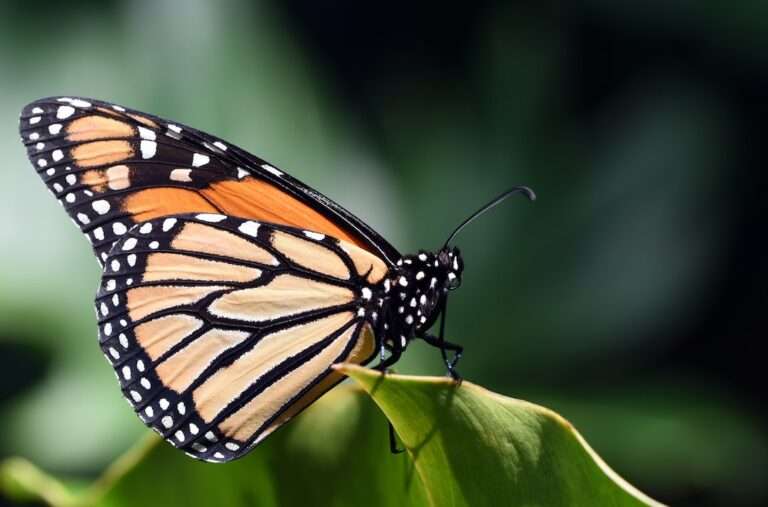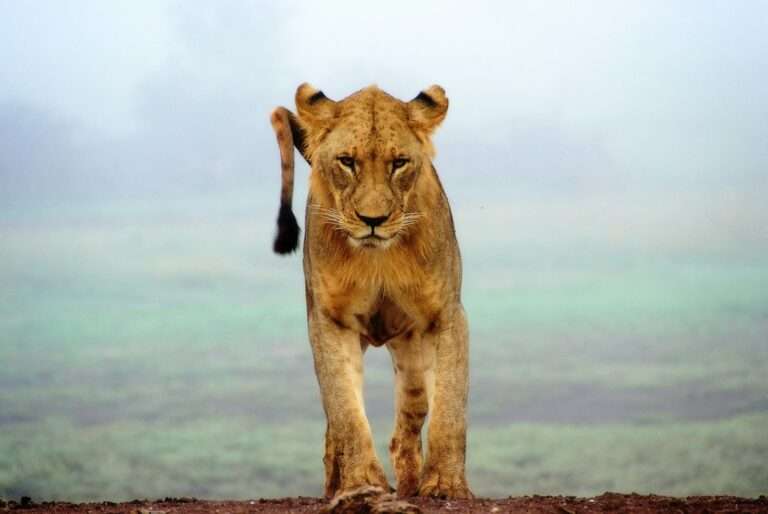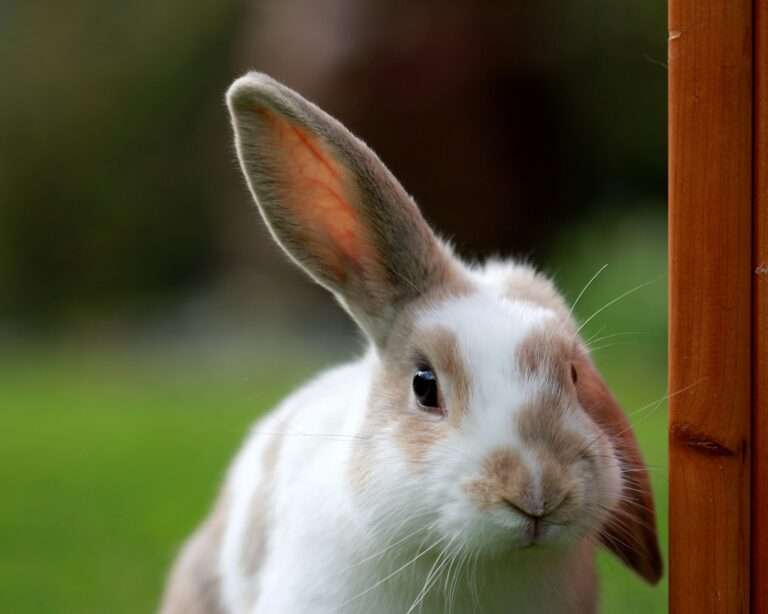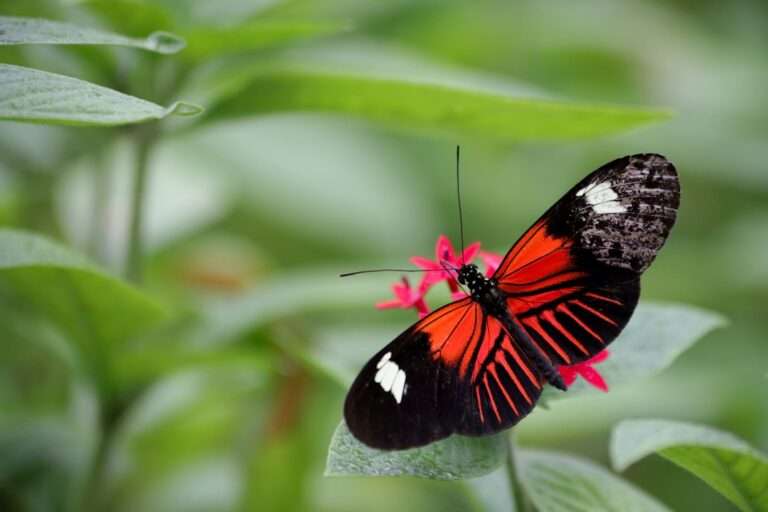The Resilience of Cockroaches: Exploring the Symbolism of these Pests

Cockroaches are one of the most fascinating and intriguing creatures on Earth. Despite being widely despised and feared by many, they have managed to capture the curiosity of people across different cultures and societies. From their ability to survive in extreme conditions to their symbolic meanings in mythology and folklore, cockroaches have left an indelible mark on human culture. In this article, we will explore the biology of cockroaches, their role in mythology and popular culture, their adaptability, their importance in the ecosystem, methods for preventing and controlling infestations, the ethics of killing them, and their potential impact on human society.
Key Takeaways
- Cockroaches are fascinating to humans due to their resilience and ability to adapt to any environment.
- Cockroaches are able to survive in harsh conditions due to their biology, including their ability to go without food and water for long periods of time.
- Cockroaches have symbolic meanings in mythology and folklore, often representing filth and decay.
- Cockroaches have been featured in popular culture, including horror movies and video games, as symbols of fear and disgust.
- Cockroaches play an important role in the ecosystem, serving as decomposers and food sources for other animals.
The Biology of Cockroaches: Why They are So Resilient
Cockroaches are insects that belong to the order Blattodea. They have a flattened body, long antennae, and six legs. Their bodies are covered in a hard exoskeleton that provides protection and support. One of the reasons why cockroaches are so resilient is their ability to survive in various environments. They can be found in almost every part of the world, from tropical rainforests to arid deserts. This adaptability is due to their ability to withstand extreme temperatures, lack of food and water, and exposure to harmful chemicals.
Cockroaches are also known for their reproductive habits and life cycle. Female cockroaches can produce hundreds of eggs in their lifetime. These eggs are enclosed in a protective case called an ootheca, which is carried by the female until it is ready to hatch. Once hatched, the nymphs go through several molting stages before reaching adulthood. The entire life cycle of a cockroach can range from a few months to over a year, depending on the species.
Cockroaches in Mythology and Folklore: Their Symbolic Meanings
Cockroaches have played a significant role in the mythology and folklore of different cultures around the world. In ancient Egypt, they were associated with the god Khepri, who was believed to roll the sun across the sky. The Egyptians saw cockroaches as a symbol of rebirth and renewal. In Chinese folklore, cockroaches were considered to be a sign of good luck and prosperity. They were often depicted in paintings and sculptures as a symbol of longevity and immortality.
Over time, the symbolic meanings of cockroaches have evolved. In Western cultures, they are often associated with filth, disease, and decay. They are portrayed as pests that need to be eradicated. However, in some cultures, cockroaches are still seen as symbols of resilience and survival. They are admired for their ability to adapt and thrive in even the harshest conditions.
Cockroaches in Popular Culture: From Horror Movies to Video Games
| Popular Culture | Description | Metric |
|---|---|---|
| Horror Movies | Cockroaches are often used as a symbol of filth and decay in horror movies. | Number of horror movies featuring cockroaches as a main theme or symbol. |
| Video Games | Cockroaches are often used as enemies or obstacles in video games. | Number of video games featuring cockroaches as enemies or obstacles. |
| TV Shows | Cockroaches are sometimes used as comedic relief in TV shows. | Number of TV shows featuring cockroaches as comedic relief. |
| Music | Cockroaches are sometimes referenced in song lyrics as a symbol of resilience. | Number of songs featuring cockroaches in the lyrics. |
| Art | Cockroaches are sometimes used as a subject in contemporary art. | Number of contemporary art pieces featuring cockroaches as a subject. |
Cockroaches have made their way into popular culture in various forms of media. In horror movies, they are often used to create a sense of fear and disgust. They are portrayed as creepy creatures that invade homes and spread disease. One of the most famous examples is the movie “Creepshow” (1982), where cockroaches play a central role in one of the segments.
Cockroaches have also found their way into video games and other forms of entertainment. In the game “Fallout 3,” cockroaches are mutated creatures that have grown to enormous sizes due to radiation exposure. Players must battle these giant roaches as they explore the post-apocalyptic wasteland. In the game “Don’t Starve,” cockroaches are one of the many creatures that players encounter as they try to survive in a hostile environment.
Cockroaches as Survivors: Their Ability to Adapt to Any Environment
One of the most remarkable traits of cockroaches is their ability to adapt to any environment. They can survive in extreme temperatures, from freezing cold to scorching heat. They can also survive without food and water for long periods of time. This adaptability is due to their ability to enter a state of dormancy called diapause, where their metabolic rate slows down and they become less active.
Cockroaches are also known for their ability to evolve and develop resistance to pesticides. Over time, they have become immune to many of the chemicals that were once effective in controlling their populations. This is due to their rapid reproductive rate and the fact that they produce large numbers of offspring. The few individuals that are resistant to a particular pesticide will survive and pass on their genes to the next generation, leading to the development of pesticide-resistant populations.
The Role of Cockroaches in the Ecosystem: Their Importance in Nature

Despite being considered pests by many, cockroaches play an important role in the ecosystem. They are scavengers that feed on decaying organic matter, such as dead plants and animals. By consuming this organic material, they help to break it down and return nutrients to the soil. This process is essential for maintaining soil health and promoting the growth of new plants.
Cockroaches also serve as a food source for many other animals, including birds, reptiles, and amphibians. They are an important part of the food chain and help to maintain the balance of ecosystems. Without cockroaches, many other species would struggle to find enough food to survive.
Cockroach Infestations: How to Prevent and Control Them
Cockroach infestations can be a major problem in homes and businesses. Not only are they unsightly and unpleasant, but they can also spread disease-causing bacteria and allergens. It is important to be able to recognize the signs of a cockroach infestation in order to take appropriate action.
Some common signs of a cockroach infestation include the presence of live or dead cockroaches, droppings that resemble black pepper or coffee grounds, a musty odor, and small brown egg cases. If you notice any of these signs, it is important to take immediate action to prevent the infestation from spreading.
Preventing cockroach infestations can be done by practicing good sanitation and hygiene. This includes keeping food stored in sealed containers, cleaning up spills and crumbs immediately, and regularly emptying trash cans. It is also important to seal any cracks or openings in walls, floors, and windows to prevent cockroaches from entering the premises.
If you already have a cockroach infestation, there are several methods for controlling and eliminating them. These include the use of insecticides, baits, traps, and professional pest control services. It is important to choose the method that is most effective for your situation and to follow all safety precautions when using pesticides.
The Ethics of Killing Cockroaches: Is it Justified?
The ethics of killing cockroaches is a topic that has sparked much debate and discussion. On one hand, cockroaches are considered pests that can spread disease and cause damage to property. They are often seen as a threat to human health and well-being. In this view, killing cockroaches is justified as a means of protecting oneself and one’s property.
On the other hand, some argue that all living creatures have a right to life and should be treated with respect and compassion. They believe that killing cockroaches is unnecessary and cruel. Instead, they advocate for alternative methods of dealing with infestations, such as trapping and releasing them outside or using natural repellents.
Ultimately, the ethics of killing cockroaches is a personal decision that depends on one’s values and beliefs. It is important to consider the potential harm that cockroaches can cause, as well as the potential harm that may be caused by the methods used to eliminate them. Striking a balance between pest control and ethical considerations is a complex issue that requires careful thought and consideration.
The Future of Cockroaches: Their Potential Impact on Human Society
Cockroaches have the potential to have a significant impact on human society in the future. Their adaptability and resilience make them a formidable opponent in the battle against pests. As they continue to evolve and develop resistance to pesticides, it may become increasingly difficult to control their populations.
In addition, cockroaches are known carriers of disease-causing bacteria, such as Salmonella and E. coli. They can spread these bacteria to humans through contact with food and surfaces. As global temperatures rise and urbanization increases, the conditions for cockroach infestations may become more favorable, leading to an increased risk of disease transmission.
Furthermore, cockroaches have the potential to cause economic damage by infesting homes, businesses, and agricultural crops. The cost of controlling and eliminating cockroach infestations can be significant, both in terms of financial resources and time.
The Enduring Legacy of Cockroaches in Human Culture
In conclusion, cockroaches have left an enduring legacy in human culture. From their biology and adaptability to their symbolic meanings in mythology and folklore, they continue to fascinate and intrigue people across different cultures and societies. Despite being considered pests by many, they play an important role in the ecosystem and have the potential to impact human society in significant ways.
Whether you find them fascinating or repulsive, there is no denying the resilience and adaptability of cockroaches. They have survived for millions of years and continue to thrive in even the harshest conditions. As we continue to coexist with these creatures, it is important to understand their biology, their role in the ecosystem, and the best methods for preventing and controlling infestations. By doing so, we can better appreciate the complex and fascinating world of cockroaches.
If you’re interested in exploring the symbolism of cockroaches, you might also find the article on the symbolism of snakes intriguing. Snakes have long been associated with various meanings and interpretations across different cultures and belief systems. To delve deeper into this fascinating topic, check out the article on snake symbolism. Discover the hidden messages and ancient wisdom behind these slithering creatures.
FAQs
What is cockroach symbolism?
Cockroach symbolism refers to the various meanings and interpretations associated with the presence of cockroaches in different cultures and belief systems.
What do cockroaches symbolize?
Cockroaches are often associated with negative connotations such as filth, disease, and decay. However, they can also symbolize resilience, adaptability, and survival.
What cultures have cockroach symbolism?
Cockroach symbolism can be found in various cultures around the world, including ancient Egyptian, Chinese, and Native American cultures.
What does cockroach symbolism mean in ancient Egyptian culture?
In ancient Egyptian culture, cockroaches were associated with the god Khepri, who represented creation and rebirth. The cockroach was seen as a symbol of transformation and renewal.
What does cockroach symbolism mean in Chinese culture?
In Chinese culture, cockroaches were seen as a symbol of longevity and good luck. They were also believed to have medicinal properties and were used in traditional Chinese medicine.
What does cockroach symbolism mean in Native American culture?
In Native American culture, cockroaches were seen as a symbol of survival and adaptability. They were also believed to have the ability to navigate through darkness and find their way to safety.





